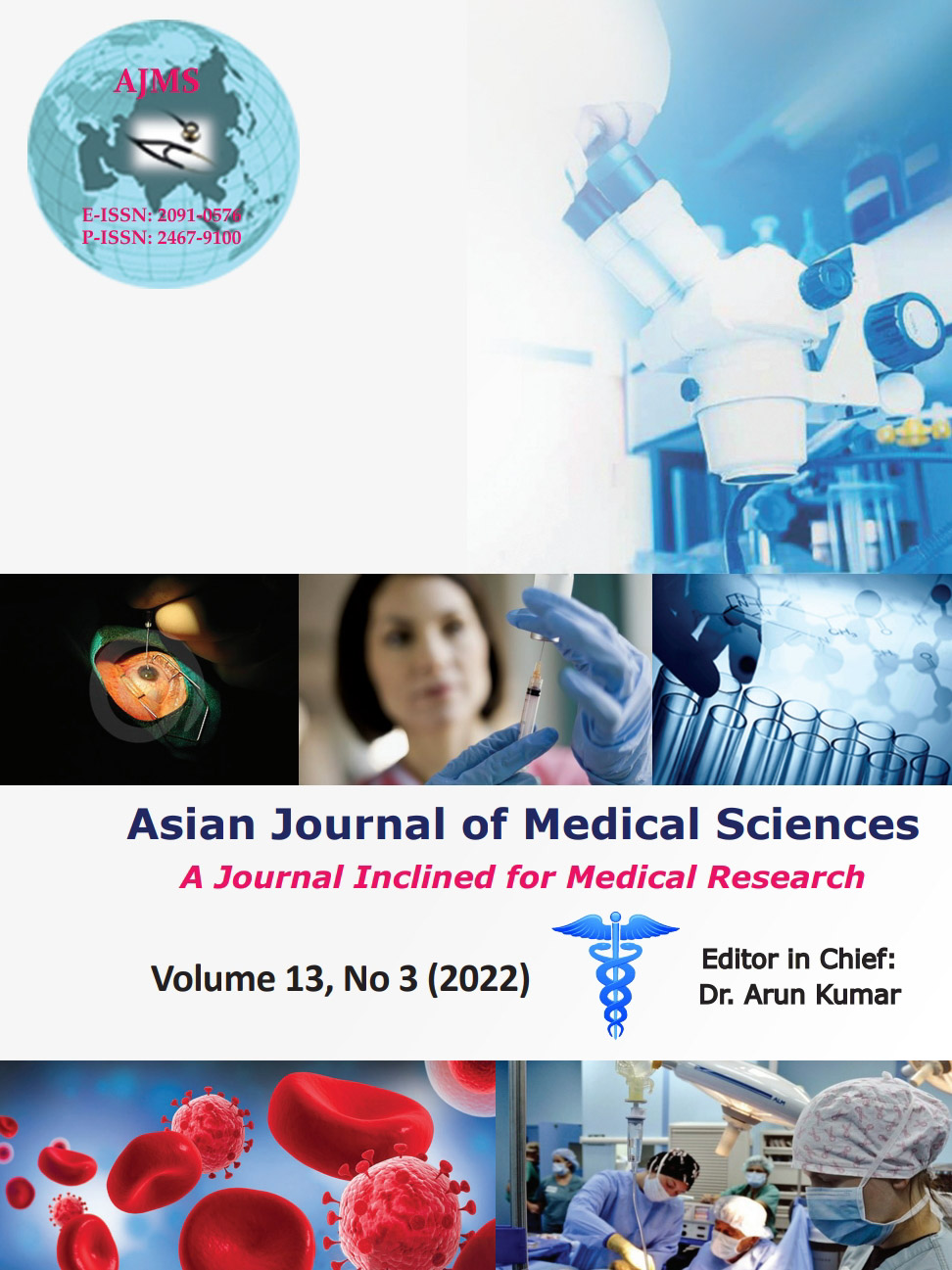Histopathological study of non-infectious papulosquamous lesions of skin
Keywords:
Histopathology, Papulosquamous, Psoriasis, SkinAbstract
Background: Papulosquamous diseases are characterized by scaly papules and plaques with similar clinical picture which leads to diagnostic confusion. A definitive histopathological diagnosis is required for effective treatment of such diseases.
Aims and Objectives: The aim of the study was to study the clinicohistopathological correlation of different non-infectious papulosquamous skin lesions.
Materials and Methods: Skin punch biopsy specimens from 100 clinically diagnosed/suspected non-infectious papulosquamous skin diseases were received in the Department of Pathology at a tertiary care hospital. The specimens obtained were subjected to formalin fixation and paraffin embedding, stained with hematoxylin and eosin and studied.
Results: A total of 100 cases were studied. The most common lesion was psoriasis (42) followed by lichen planus (40). Maximum numbers of cases were seen in the age group of 31–60 years (61%). Males (54%) were commonly affected. Positive clinicopathological correlation was observed in 85% cases.
Conclusion: Contribution of histopathology is definitely significant in overcoming clinical diagnostic dilemma in certain papulosquamous disorders.
Downloads
Downloads
Published
How to Cite
Issue
Section
License
Copyright (c) 2022 Asian Journal of Medical Sciences

This work is licensed under a Creative Commons Attribution-NonCommercial 4.0 International License.
Authors who publish with this journal agree to the following terms:
- The journal holds copyright and publishes the work under a Creative Commons CC-BY-NC license that permits use, distribution and reprduction in any medium, provided the original work is properly cited and is not used for commercial purposes. The journal should be recognised as the original publisher of this work.
- Authors are able to enter into separate, additional contractual arrangements for the non-exclusive distribution of the journal's published version of the work (e.g., post it to an institutional repository or publish it in a book), with an acknowledgement of its initial publication in this journal.
- Authors are permitted and encouraged to post their work online (e.g., in institutional repositories or on their website) prior to and during the submission process, as it can lead to productive exchanges, as well as earlier and greater citation of published work (See The Effect of Open Access).




